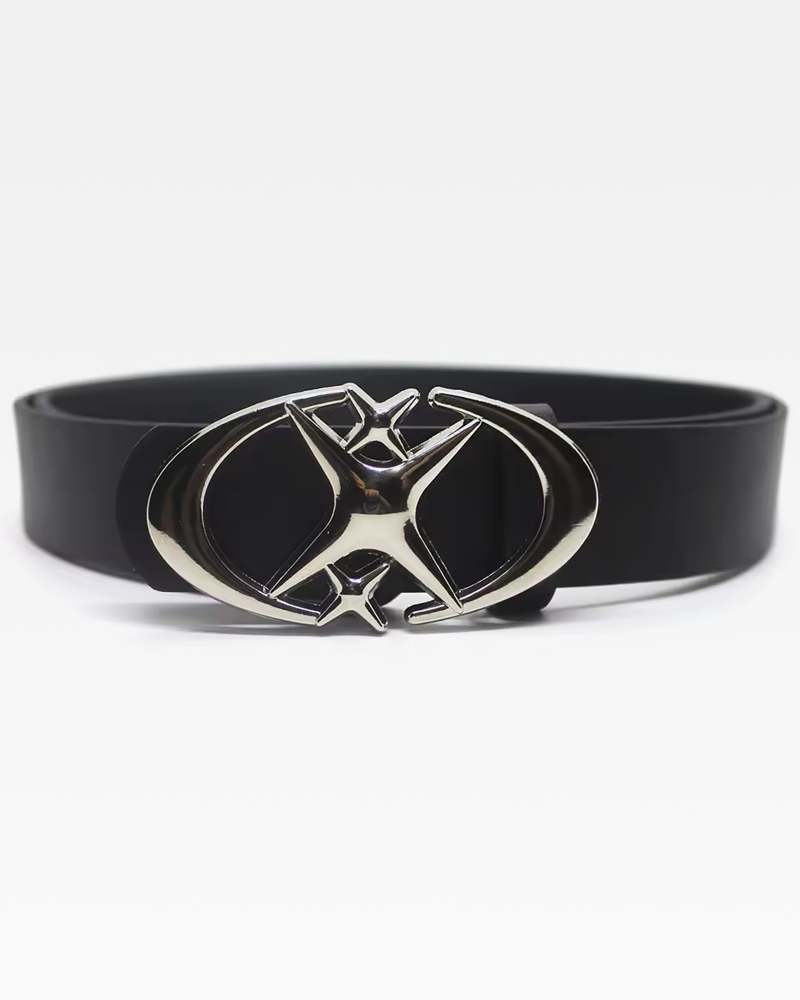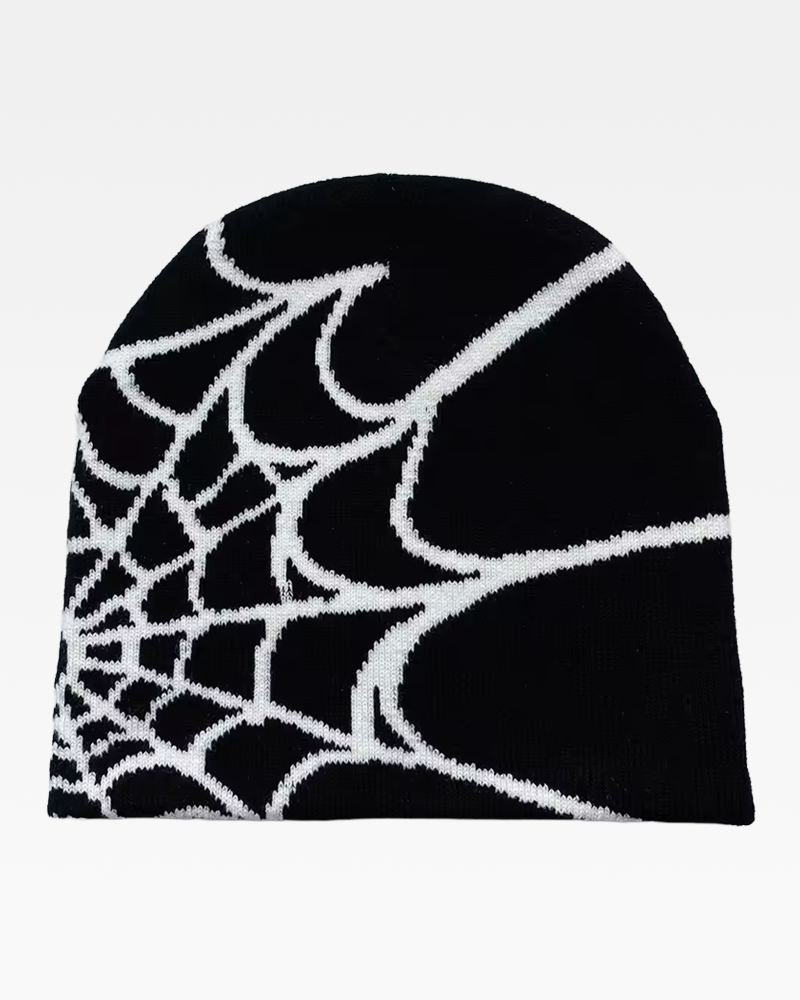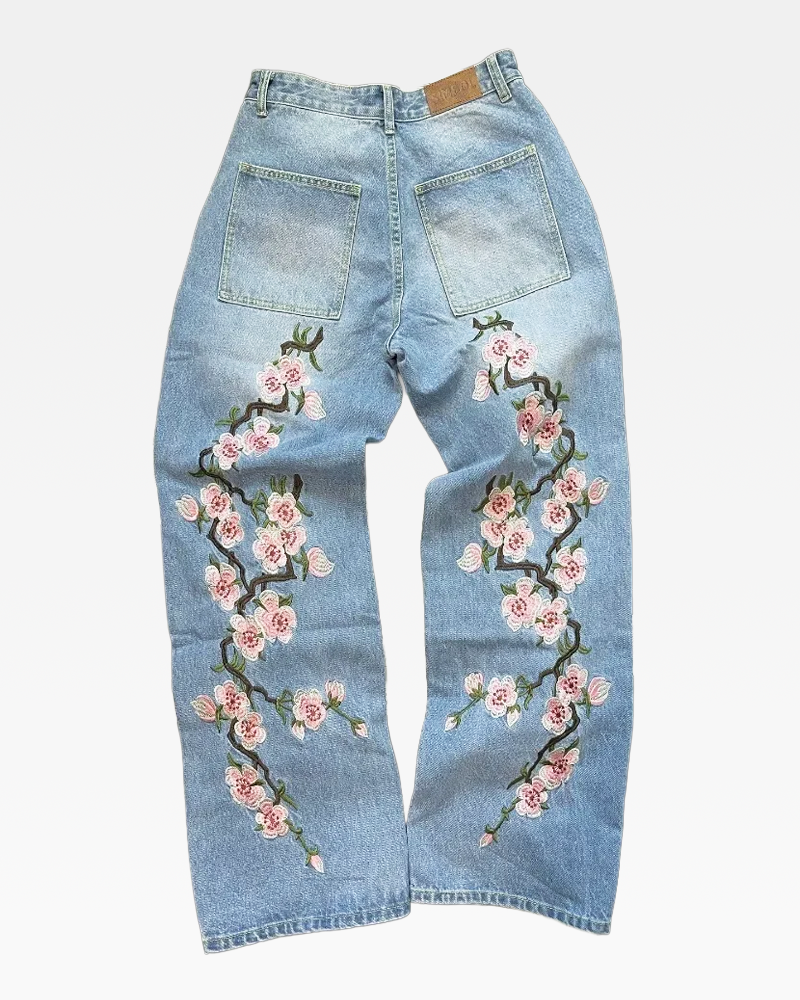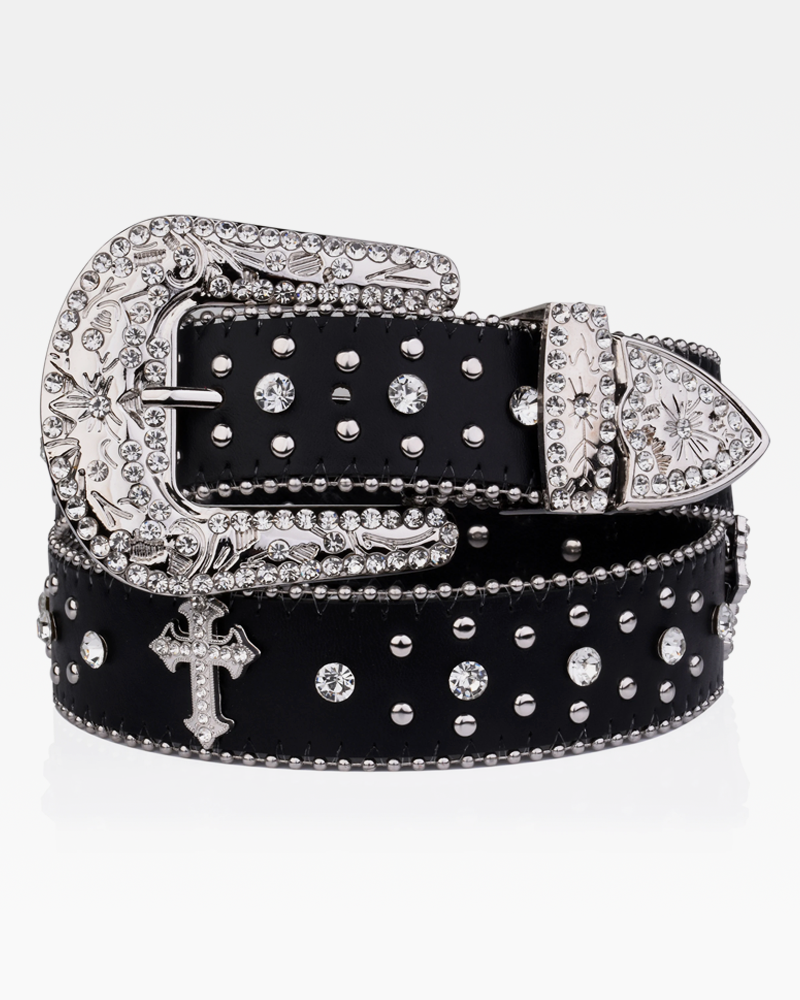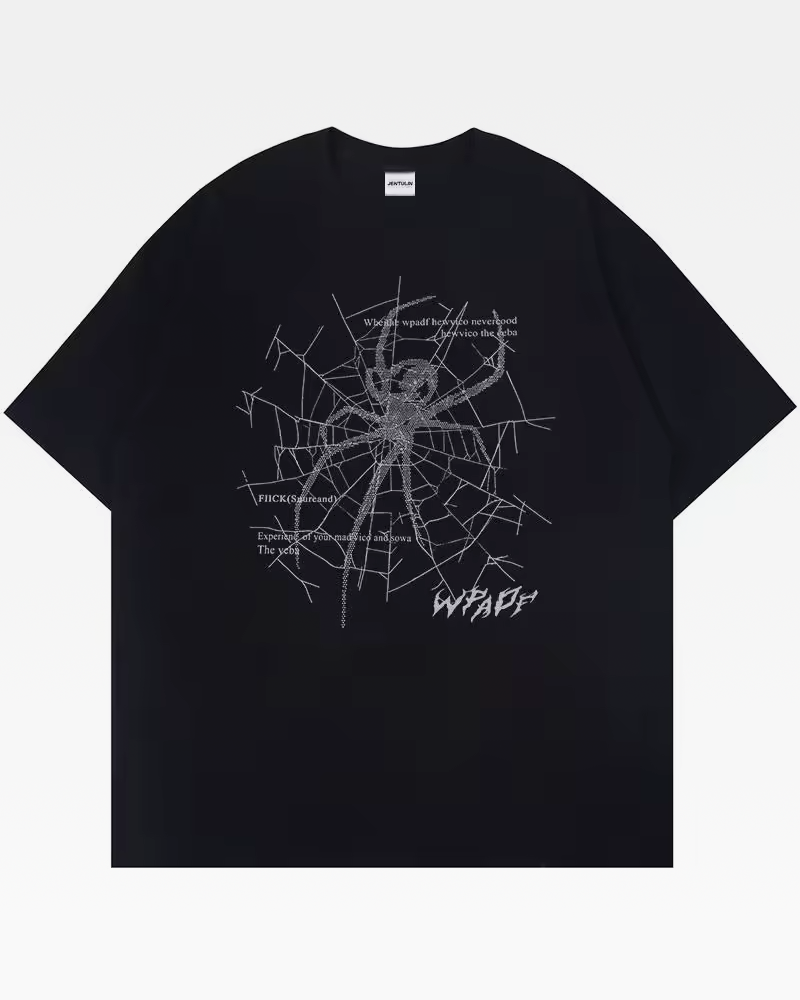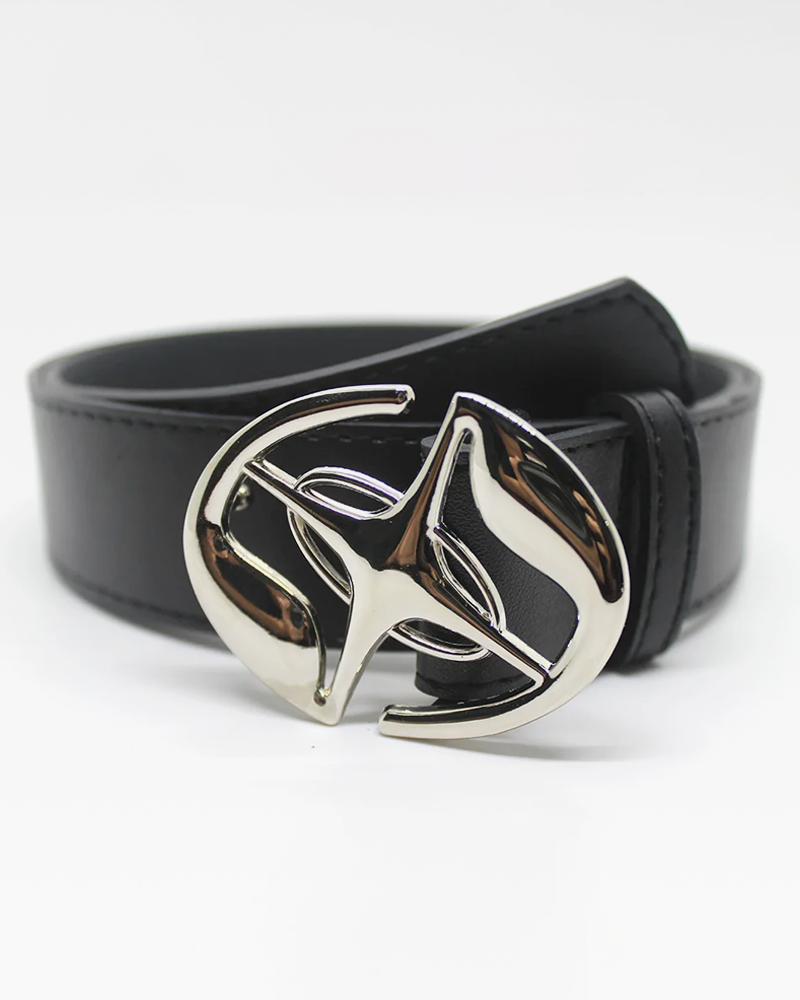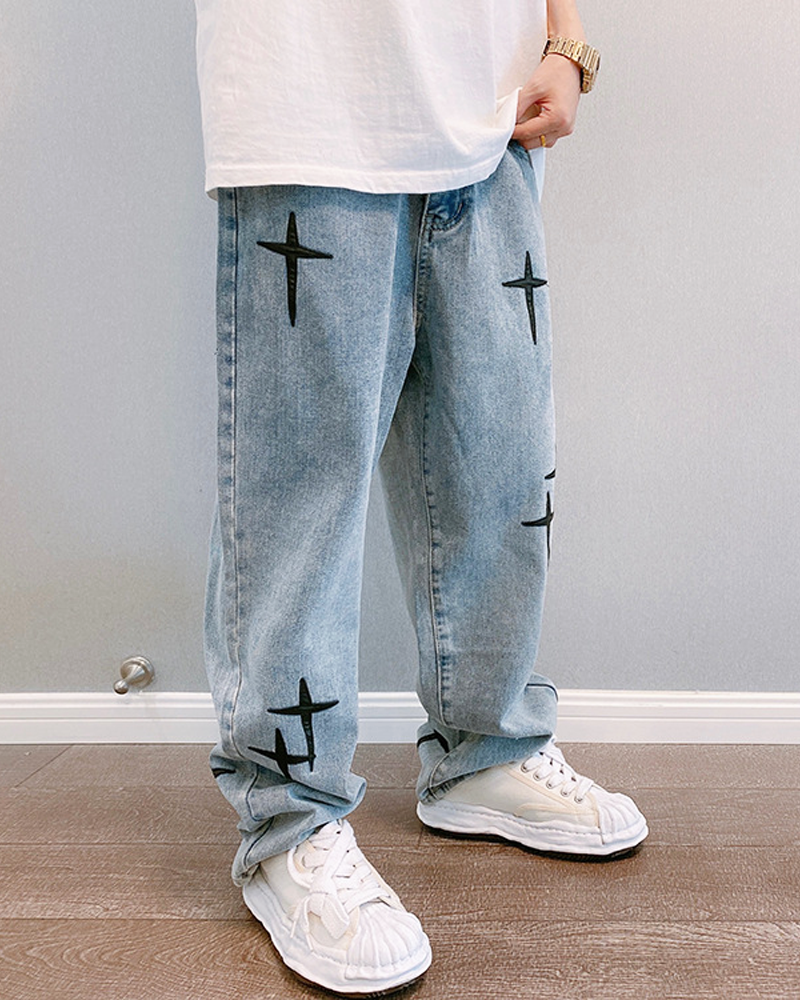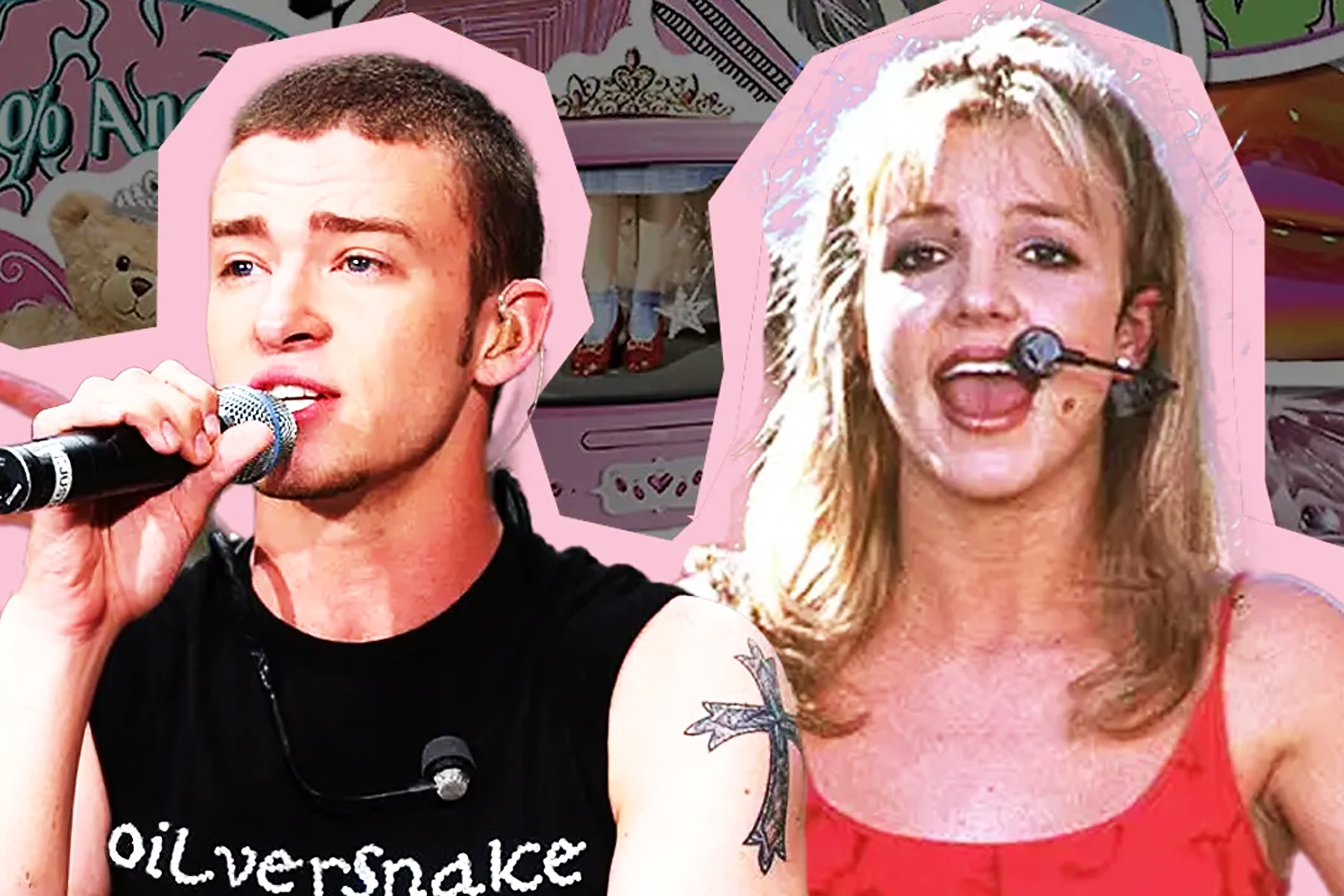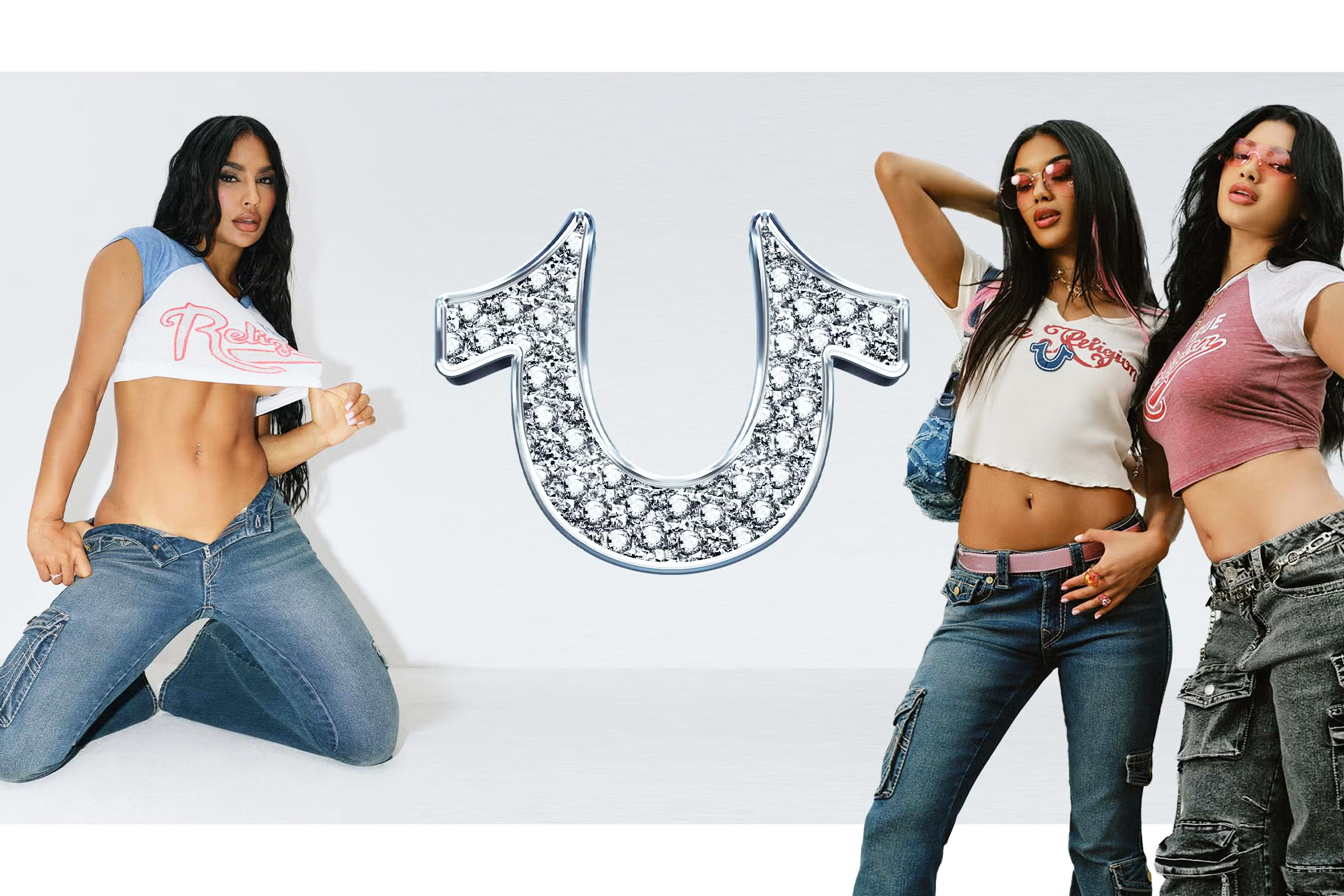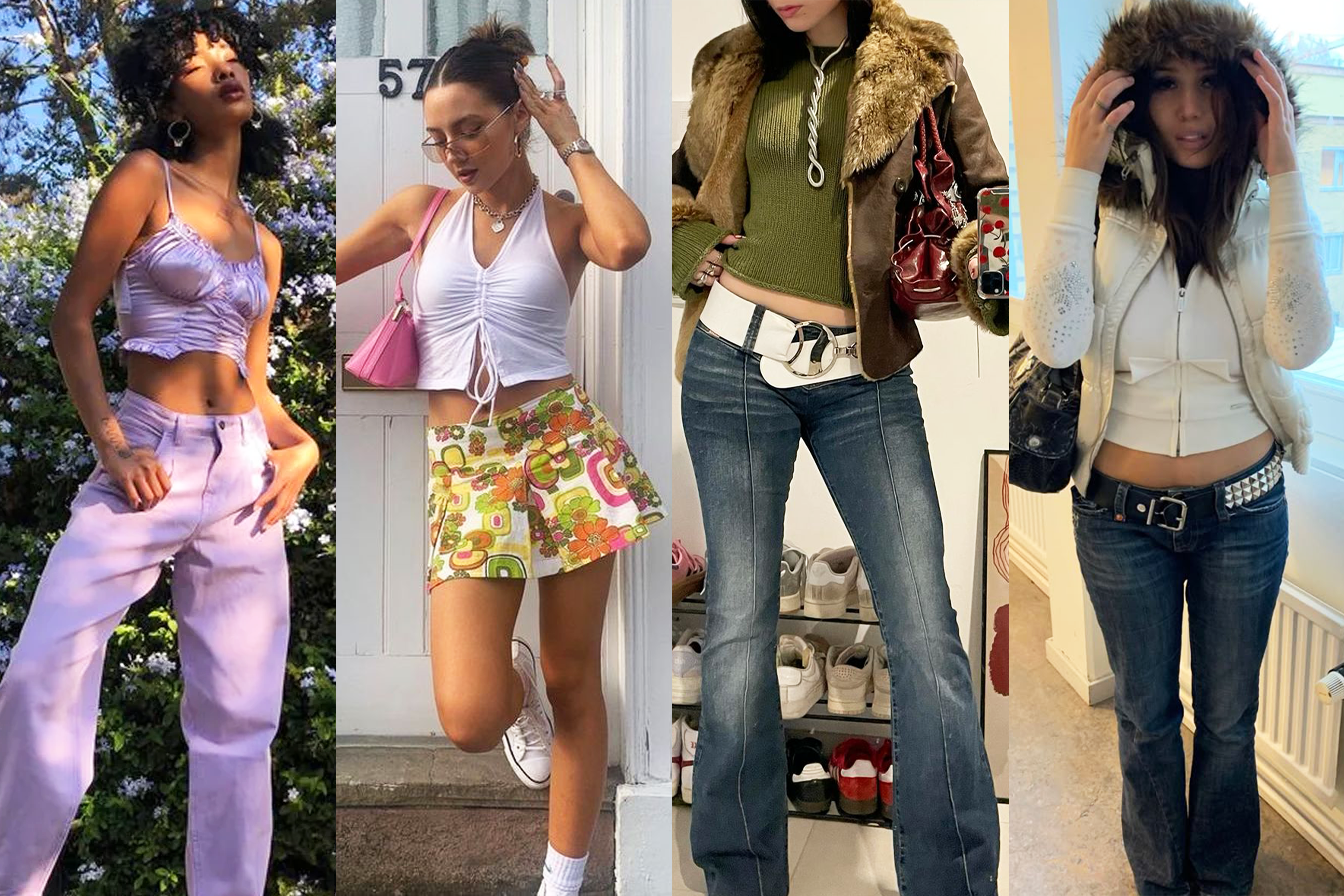The early 2000s were a strange, glittering moment in culture. The world had just survived the supposed Y2K apocalypse, the internet was becoming mainstream, and technology felt both exciting and terrifying. Everything was faster, shinier, and more artificial - and music captured that energy perfectly.
Y2K music wasn't just a sound; it was a reflection of a society obsessed with the future. It mixed the optimism of the digital age with a touch of millennial anxiety, producing a style that was bold, synthetic, and unforgettable.
But what exactly is Y2K music? To understand it, you have to look at the artists, sounds, and technologies that defined an era when pop was plastic, hip-hop was luxury, and everything seemed designed for the next millennium.
The Birth of the Y2K Sound
At the turn of the millennium, the music industry was transforming. Digital production replaced analog studios, and new tools like Auto-Tune, FruityLoops, and Roland synthesizers changed how songs were made. The result was a glossy, futuristic sound - robotic yet emotional, mechanical yet irresistibly catchy.
The "Y2K sound" was built on contrast. It was both high-tech and human, blending machine precision with pop emotion. Artists and producers experimented fearlessly with new software, creating beats that felt metallic, hyper-clean, and slightly surreal. It was the era when the future truly entered the studio.
The world's obsession with technology also shaped the mood. The infamous Y2K bug - the fear that computers would crash when clocks hit the year 2000 - reflected a collective fascination with digital chaos. And that tension between hope and fear ran through the music too.

Pop Royalty and Digital Divas
If one genre captured the spirit of Y2K, it was pop. The early 2000s belonged to an army of pop icons: Britney Spears, Christina Aguilera, Destiny's Child, NSYNC, Backstreet Boys, and countless others. Their music was engineered for mass appeal - slick, synthesized, and unforgettable.
Songs like "Toxic," "Genie in a Bottle," or "Say My Name" felt mechanical in precision but overflowing with emotion. Their producers - Max Martin, Rodney "Darkchild" Jerkins, and The Neptunes - were digital architects who turned computer-driven sounds into mainstream hits.
The visuals were just as important. Music videos looked like sci-fi films: metallic backdrops, holographic outfits, reflective surfaces. The line between human and machine blurred - especially in Britney's "Oops!... I Did It Again" or Janet Jackson's "Feedback." Pop had entered the matrix.
Hip-Hop and R&B: Luxury and Innovation
Y2K wasn't just a pop revolution - it was a golden era for hip-hop and R&B. The genre's sound became cleaner, richer, and more experimental. Producers like Timbaland, The Neptunes, and Swizz Beatz were redefining what rap could sound like, replacing traditional drum loops with syncopated, electronic beats that felt futuristic.
This was the era when hip-hop became luxury. Artists like Jay-Z, Missy Elliott, Nelly, and Outkast embraced high fashion, fast cars, and designer brands - creating an image of digital wealth and power. The music videos were filled with chrome, champagne, and neon lights - Y2K aesthetics to the core.
Meanwhile, R&B singers like Aaliyah, Usher, and TLC introduced a smoother, more sensual sound that blended electronic production with human vulnerability. Aaliyah's "Try Again," produced by Timbaland, was a perfect example - synthetic yet soulful, cold yet captivating.
Together, hip-hop and R&B shaped the cultural soundtrack of the millennium.

The Electronic Influence
While pop and hip-hop ruled the charts, electronic music defined the underground - and often crossed into the mainstream. Daft Punk, ATB, Eiffel 65, and Cascada brought European club sounds into global consciousness. Songs like "Blue (Da Ba Dee)" or "One More Time" embodied the optimism and artificial glow of the digital age.
Trance and house music introduced repetition and euphoria, while eurodance merged with pop to create anthems built for early MP3 players and Nokia ringtones. Every sound was saturated, clean, and unmistakably synthetic - a celebration of the artificial.
This fusion blurred genres completely. Pop became electronic, R&B became futuristic, and even rock adopted digital touches. The Y2K sound wasn't about purity; it was about chaos, experimentation, and fun.
The Fall — and the Revival
By the late 2000s, the Y2K sound faded. Indie rock, minimal R&B, and muted aesthetics replaced its maximalism. The loud, glossy optimism of the early millennium gave way to something quieter - music that looked inward instead of forward.
But fashion and culture move in cycles. Two decades later, Gen Z rediscovered Y2K music through nostalgia - and irony. TikTok resurrected old hits like "Say It Right," "Milkshake," and "Piece of Me." The hyperpop scene - led by artists like Charli XCX, SOPHIE, and A.G. Cook - reimagined that early-2000s futurism through a distorted, digital lens.
Suddenly, the synthetic beats and Auto-Tune once mocked for being "too fake" were celebrated again. Y2K music had come full circle - now appreciated for its audacity, creativity, and shameless pop brilliance.

Why Y2K Music Still Matters
The reason Y2K music still resonates is simple: it represents a moment when music looked boldly to the future. It wasn't ironic, self-conscious, or restrained. It believed in technology, in celebrity, in excess - in the idea that the future could be glamorous.
Today's artists borrow from it not just for nostalgia, but for inspiration. The confidence, the experimentation, and the mix of genres still shape pop and electronic music in 2025.
Y2K wasn't just a sound; it was a worldview - one that said more is more, emotion can be synthetic, and imperfection can be beautiful when filtered through a digital lens.
Final Thoughts
So, what is Y2K music? It's the glittering soundtrack of a world on the edge of transformation - when humanity and technology first danced together. It's the sound of pop divas in metallic bodysuits, of futuristic beats that still make clubs move, of a culture that wanted to feel new, shiny, and unstoppable.
And even decades later, that dream hasn't faded. It just keeps rebooting - louder, glossier, and more alive than ever.

